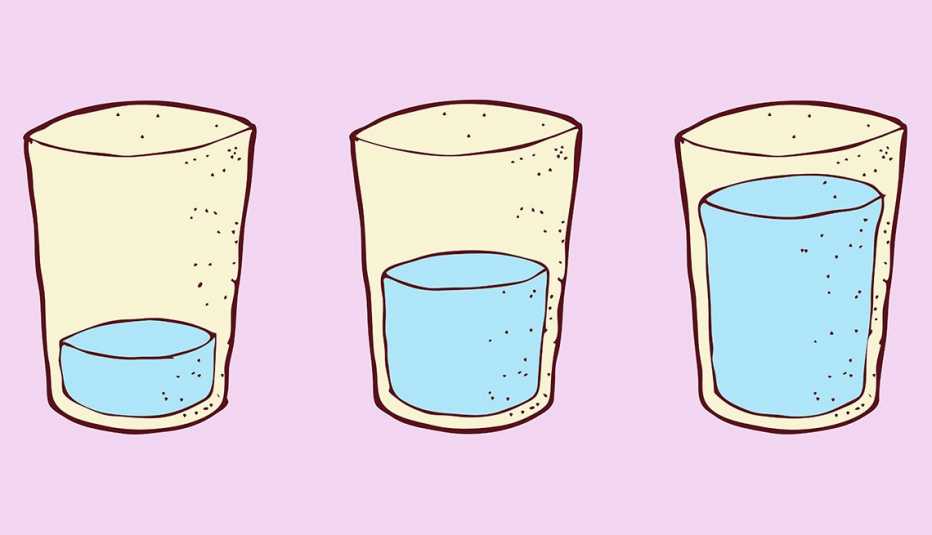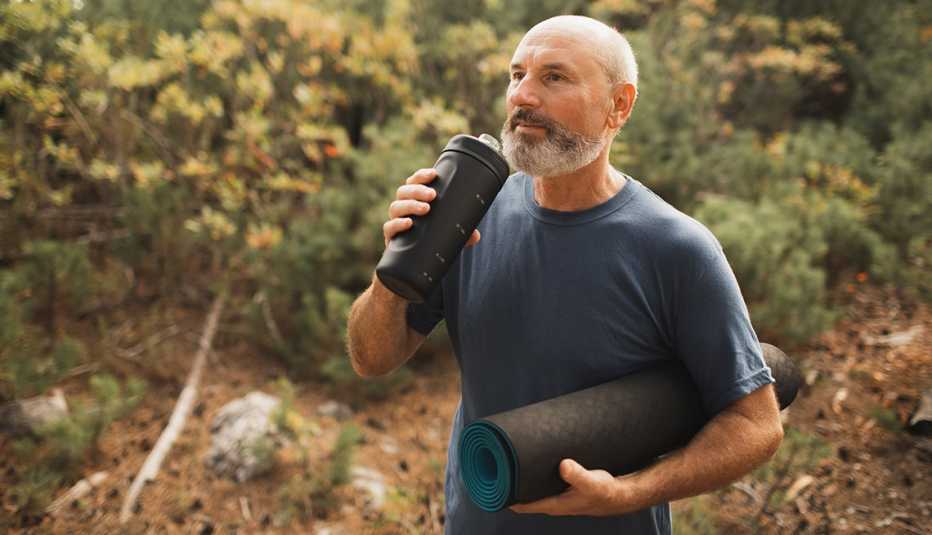Staying Fit
Tap water in the United States is some of the best in the world, and it must meet strict federal standards to ensure it’s safe to drink, according to the Centers for Disease Control and Prevention (CDC).
However, while it’s generally safe for drinking, tap water is not sterile, and there are a few situations in which using water straight from the faucet could endanger your health, according to experts and a CDC report published in the journal Emerging Infectious Diseases.


AARP Membership— $12 for your first year when you sign up for Automatic Renewal
Get instant access to members-only products and hundreds of discounts, a free second membership, and a subscription to AARP the Magazine.
5 uses where tap water can be risky
- Continuous positive airway pressure (CPAP) machines
- Nasal irrigation devices including neti pots, bulb syringes, squeeze bottles and battery-operated pulsed water devices
- Portable humidifiers
- Contact lens cleaning/rinsing
- Cleaning/rinsing an open wound
The risk is higher for older adults and those with weakened immune systems.
Using water straight from the tap for those activities is a bad idea whether you have municipal water or get your water from a well because you could introduce a harmful pathogen into your body, says Rachel Noble, a microbiologist and professor in the Institute of Marine Sciences at the University of North Carolina in Chapel Hill.
It’s best to use distilled water or boiled tap water for those purposes, the CDC says.
What makes tap water risky in those instances?
Most tap water naturally contains low levels of microorganisms such as bacteria and amoebae, says Shanna Miko, an epidemic intelligence service officer with the waterborne disease prevention branch of the CDC.
The water is safe to drink because those pathogens typically get killed by stomach acid, she says. But the pathogens can multiply if they’re inhaled or introduced to more vulnerable parts of your body such as your eyes or nasal passages, potentially causing serious or deadly infections.
“Those are dark, moist places that don’t have the benefit of stomach acid to help neutralize these bugs,” Miko says.






































































